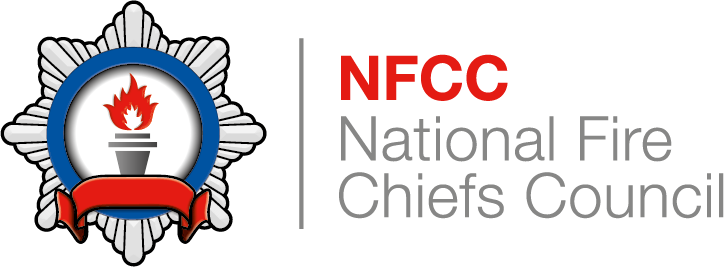Safe & Well Position Statement
Fire and rescue services work with local authorities, tenants and other partners to help ensure that people living in high-rise accommodation can access information, guidance/advice and receive home safety checks to their flats.
These checks may vary in form from a Home Fire Safety Check right through to a more comprehensive Safe and Well Check (for the purpose of this report – home safety checks).
Regardless of the name and whilst recognising they are different, both have fire safety advice and guidance at their core.
The position of NFCC is that all fire and rescue services should actively encourage people living in high-rise premises to request a home safety check. Work should be done with partners to identify those more at risk from fire and prioritise these checks.
The home safety checks should primarily focus on fire but should also consider safety in a wider context, looking at factors that could affect escape e.g. mobility, sensory impairment, etc.
NFCC would encourage fire and rescue services to raise awareness and train partners going into people’s homes to consider four key questions:
- Do they have a working smoke detector/alarm?
- If the smoke detector/alarm went off, would the resident hear it?
- Would they know what to do if the smoke detector/alarm went off?
- Could they get out if the smoke detector/alarm activated? Partner agencies should make a referral to fire and rescue services if the answer to any of the above questions is no. Fire and rescue services should work in partnership to overcome issues raised to ensure that people have the appropriate smoke detection/alarm(s) and assistive technologies within their premises to remain as safe as possible and importantly ensure they have an escape plan(s). Checks should be carried out on all white goods as part of the home safety check. All residents should be encouraged to register their appliances and to check their appliances against the recall register.
- To register appliances, people can use the following link: registermyappliance.org.uk
- To see if an appliance has already been recalled, people can use the following link: http://www.electricalsafetyfirst.org.uk/product-recalls/
Other areas which should be covered include (this list is not exhaustive and should be deemed as a minimum):
- Cooking safety
- Candle safety
- Electrical safety
- Smoking
- Bedtime checks
- Escape plans
- It is important to point out that some high-rise individual flats may not have smoke detectors/alarms fitted.
- Check that they have – if not, fit at least one smoke detector/alarm within the flat at an appropriate position.
- Fire and rescue services should work with partners to identify and source any assistive technologies that can help keep individuals as safe as possible.
Using a person centred approach, FRS’s should be able to determine what specific AT is relevant for their prevention and protection strategy locally, through discussions with the individual, family members or the responsible person in buildings such as sheltered housing or blocks of flats.
Preventing Fires
The three means of fire prevention most commonly used by AT solutions are:
- Fire prediction
- Fire detection
- Fire suppression
A range of solutions and devices exist. Prediction solutions monitor individuals and raise the alarm when a person’s behaviour crosses a set threshold of risk making them likely to experience a fire. These high-risk individuals can then receive highly targeted and person-centric interventions.
Fire detection linked to monitoring services can summon a fire response automatically, even if the individual is unable to do so.
Automatic fire suppression systems (other than sprinklers) can detect fires in their early stages, suppress them and even summon a fire response.
There are also devices that aim to address specific vulnerabilities, such as hard of hearing alarms.
NFCC Position
NFCC will support UK Fire and Rescue Services to understand best practice in terms of AT, and to maximise the knowledge of reliable risk reduction equipment and standards locally.
This is with the view to reduce preventable fire deaths and injuries, which fall within the Fire and Rescue Service remit.
